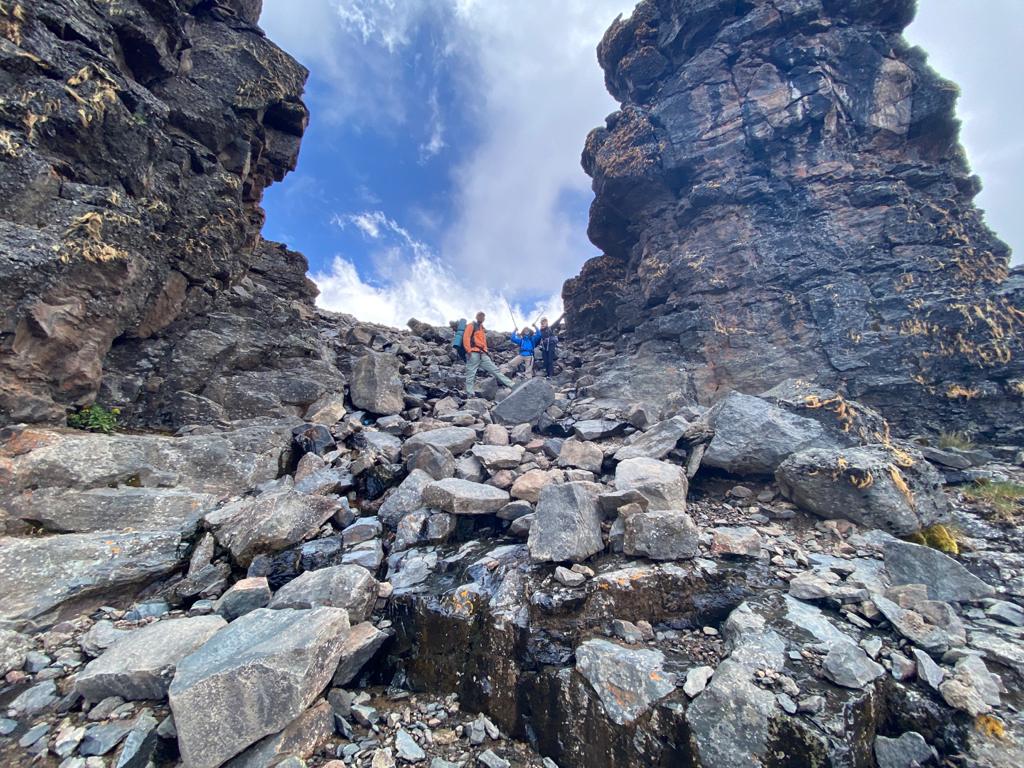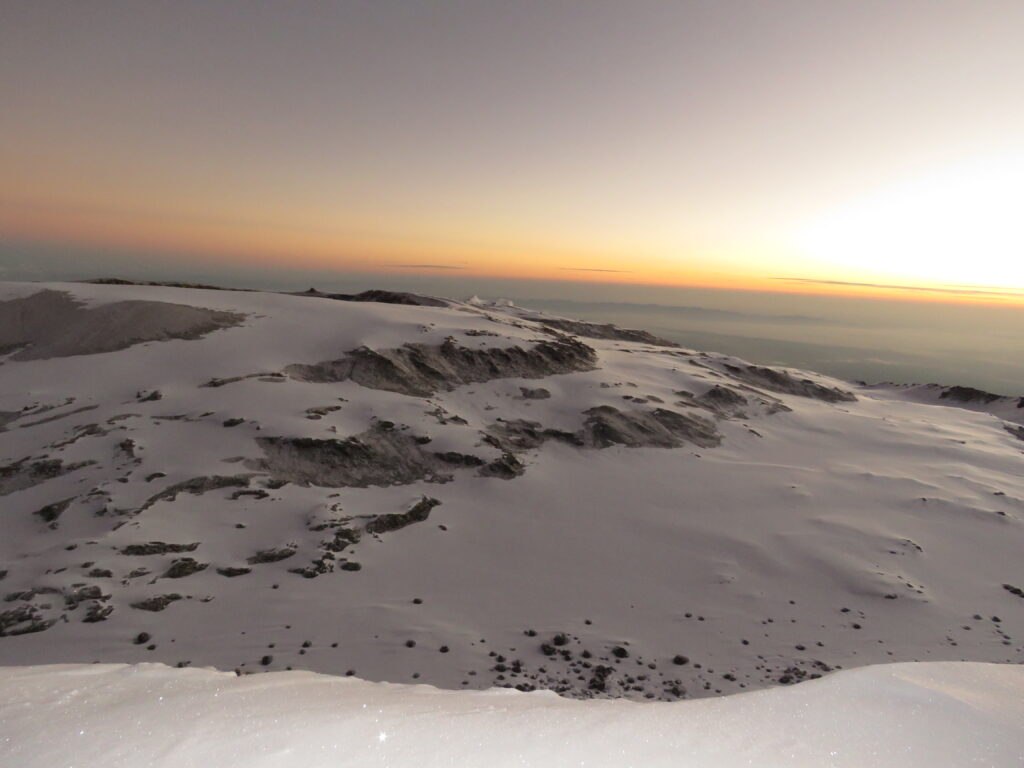Kilimanjaro Climbing Via Rongai Route
Kilimanjaro Climbing via the Rongai Route offers a quieter, scenic approach to Africa’s highest peak from the mountain’s northern side near the Kenyan border. Known for its dry conditions and low traffic, it’s ideal for trekkers seeking solitude, wildlife encounters, and a gradual, steady ascent. With options for 6- or 7-day itineraries, Rongai combines high summit success rates with a peaceful wilderness experience
6-Day Rongai Route
85%
7-Day Rongai Route
90%


